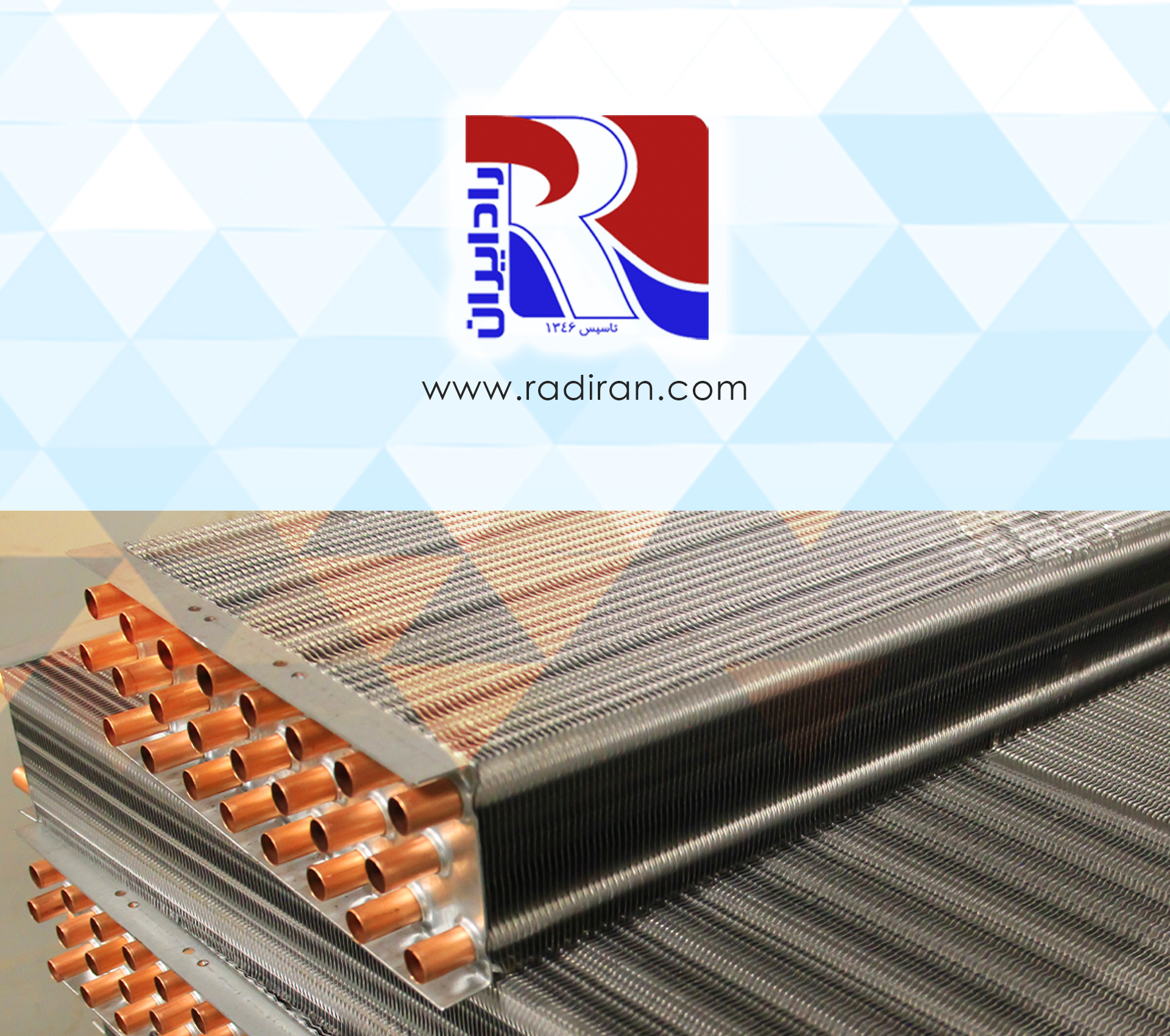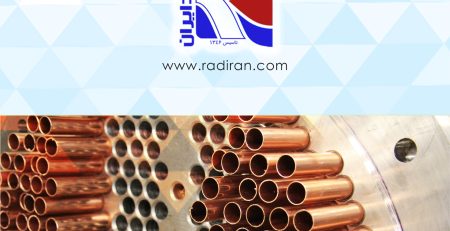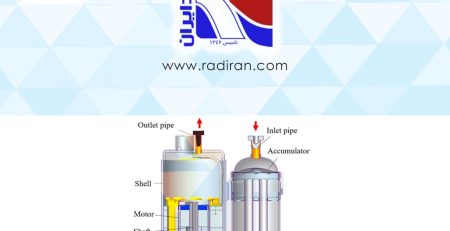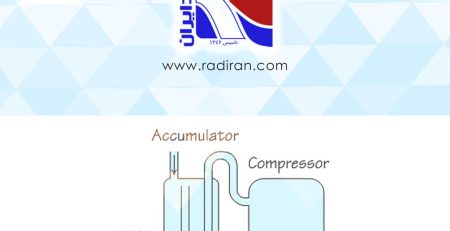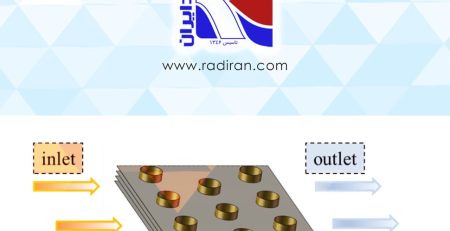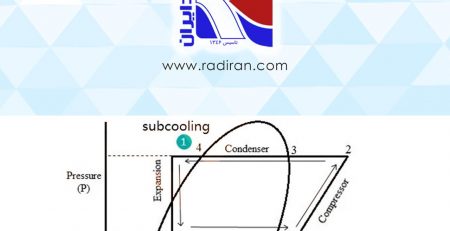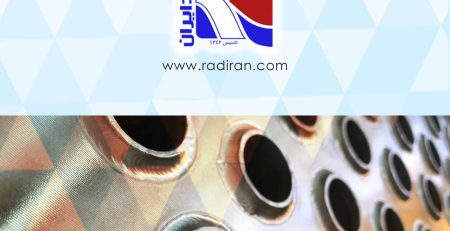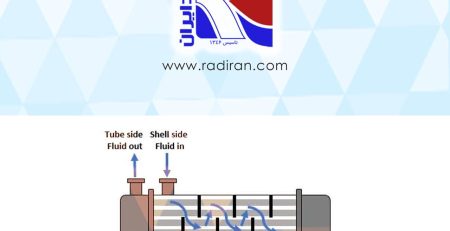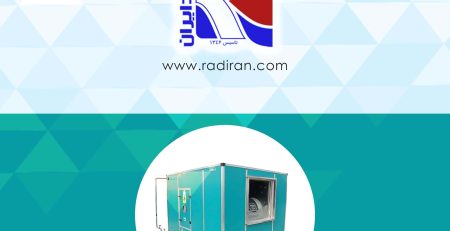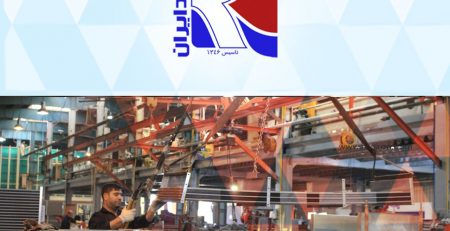The engineering comparison of 5/8″ copper tubes with wall thicknesses 0.50 mm, 0.63 mm and 0.70 mm used in a water coil (fin-tube) with aluminum fins
Below is the engineering comparison of 5/8″ copper tubes with wall thicknesses 0.50 mm, 0.63 mm and 0.70 mm used in a water coil (fin-tube) with aluminum fins.
- Internal heat transfer (controlled by conduction and convective heat-transfer coefficient)
- Internal convective heat-transfer coefficient (hi): for the same volumetric flow rate, thinner-wall tubes (0.50 mm) have a slightly larger internal radius and therefore slightly lower pressure drop and a similar or slightly higher hi compared with thicker tubes. Changes are usually small and mainly determined by Reynolds number and flow regime.
- Conduction through the wall: thinner walls reduce conductive resistance between the internal fluid and the external surface; therefore the temperature drop across the tube wall is smaller and overall heat transfer (UA) increases, particularly when wall conduction is a significant component of the thermal resistance.
- Conclusion: thermal-performance ranking (all else equal): 0.50 mm > 0.63 mm > 0.70 mm.
2. External heat transfer (between tube/fins and external air/water)
- Wall thickness has negligible direct effect on external convection if outer diameter is held constant. With constant OD, thicker walls only reduce internal diameter; external heat-transfer area and fin geometry remain essentially unchanged.
- If wall thickness increases OD (rare in controlled designs), external surface area increases slightly and external heat transfer can improve marginally.
3. Pressure drop and hydraulics
- Thinner-wall tube (0.50 mm) — larger internal diameter → lower internal pressure drop, reduced pumping power.
- Thicker-wall tube (0.70 mm) — smaller internal diameter → higher pressure drop and higher pumping requirements.
4. Mechanical strength and durability
- Structural resistance (burst pressure, impact, handling): 0.70 mm > 0.63 mm > 0.50 mm. Thicker walls resist hydraulic pressure, bending, and installation damage better.
- Corrosion and fatigue life: thicker walls generally provide longer life against through-wall corrosion or erosion before failure.
- Fabrication sensitivity: thin walls are more sensitive to damage during operations such as tube expansion into fins, bending, and assembly (risk of kinking or collapse).
5. Manufacturing and cost
- Thinner tubes use less copper → lower material cost and lighter coil weight; however, potential trade-offs include higher risk of damage and possibly shorter service life.
- Thicker tubes increase material cost and weight but improve robustness and safety margin.

